Nikon Z fc review
Nikon Z fc reinvents a 1980s camera to deliver retro looks and handling to a new generation of photographers and videographers

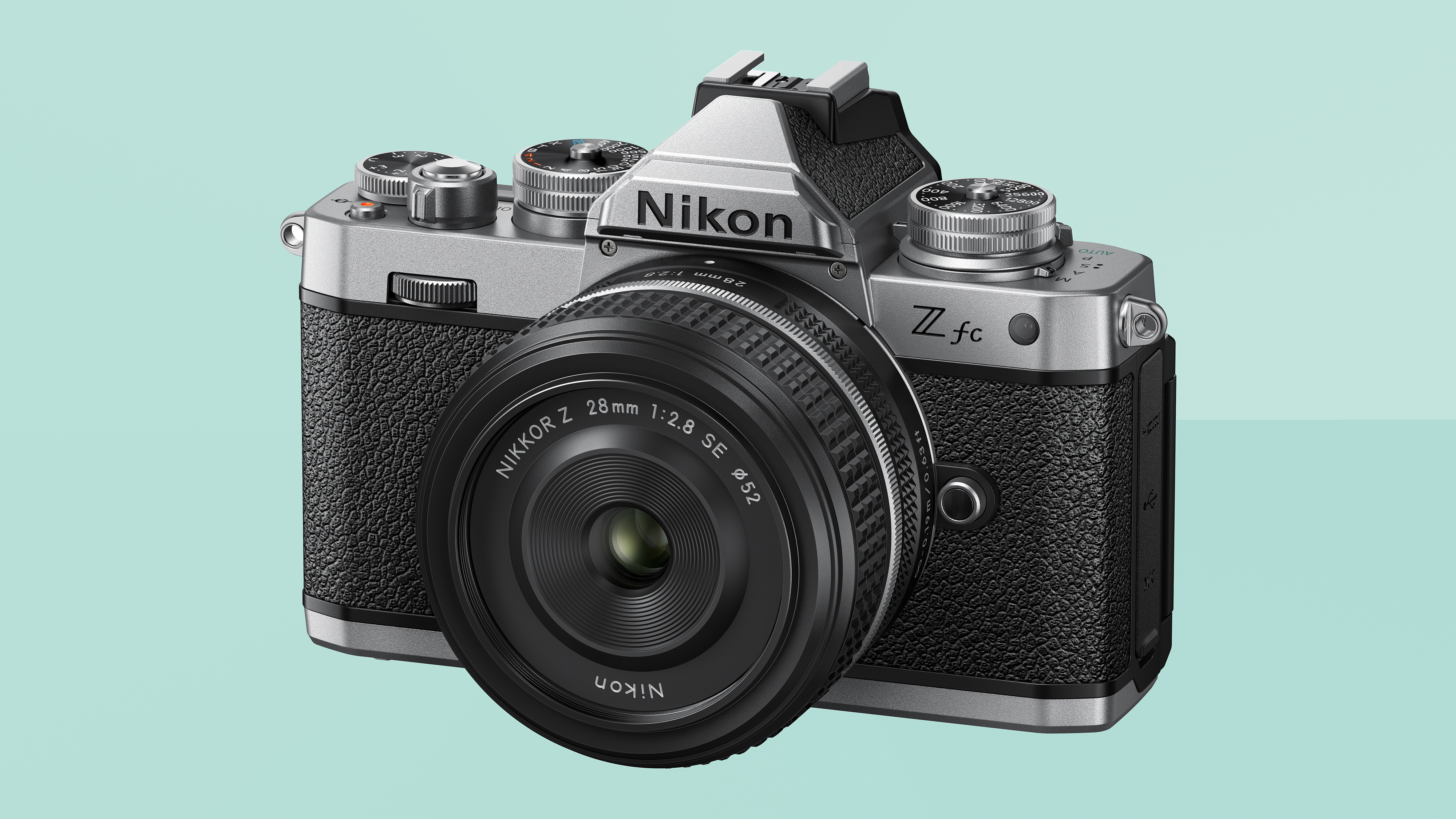
The Nikon Z fc is a desirably retro-fashioned yet affordable entry point into Nikon’s growing Z series mirrorless camera lineup, providing access to a growing number of lenses and accessories. There are plenty of manual controls for photographers who love getting hands-on, plus the alternative of a touch screen LCD for those who don’t. It's ‘only’ an APS-C sensor in this camera as opposed to the larger full-frame sensors found in most of Nikon’s pricier ‘Z’ series mirrorless models, and it lacks the waterproofing, but that doesn't stop us recommending this mirrorless marvel.
-
+
Stylish design
-
+
Growing lens lineup
-
+
Manual controls
-
+
Touchscreen
-
-
‘Only’ an APS-C sensor
-
-
Lacks the waterproofing
Why you can trust T3

It’s a case of back to the future with this latest Nikon APS-C sensor-incorporating interchangeable lens camera, which resembles a DSLR that’s been placed in a compactor and squished. No hoverboards or DeLoreans are required this time around, however, as the manufacturer has taken inspiration from its own Nikon FM2 film SLR from the mid-1980s, inspired perhaps by the likes of Fujifilm and Olympus who have long ploughed a retro-feel furrow when it comes to today’s mirrorless digital cameras.
Bringing things up to date here, we get 20.9 million pixel effective digital images or 4K video clips rather than film negative the camera outwardly looks like it should deliver. Nikon has also introduced a new 16-50mm zoom lens in silver to complement the Z fc’s vintage style, which can be purchased standalone or bought with the camera at a combined saving of £100/$100. As for the camera itself, though we had the standard silver and black iteration in to have a play with, at the time of writing a greater range of pastel-hued body colours was being marketed overseas.
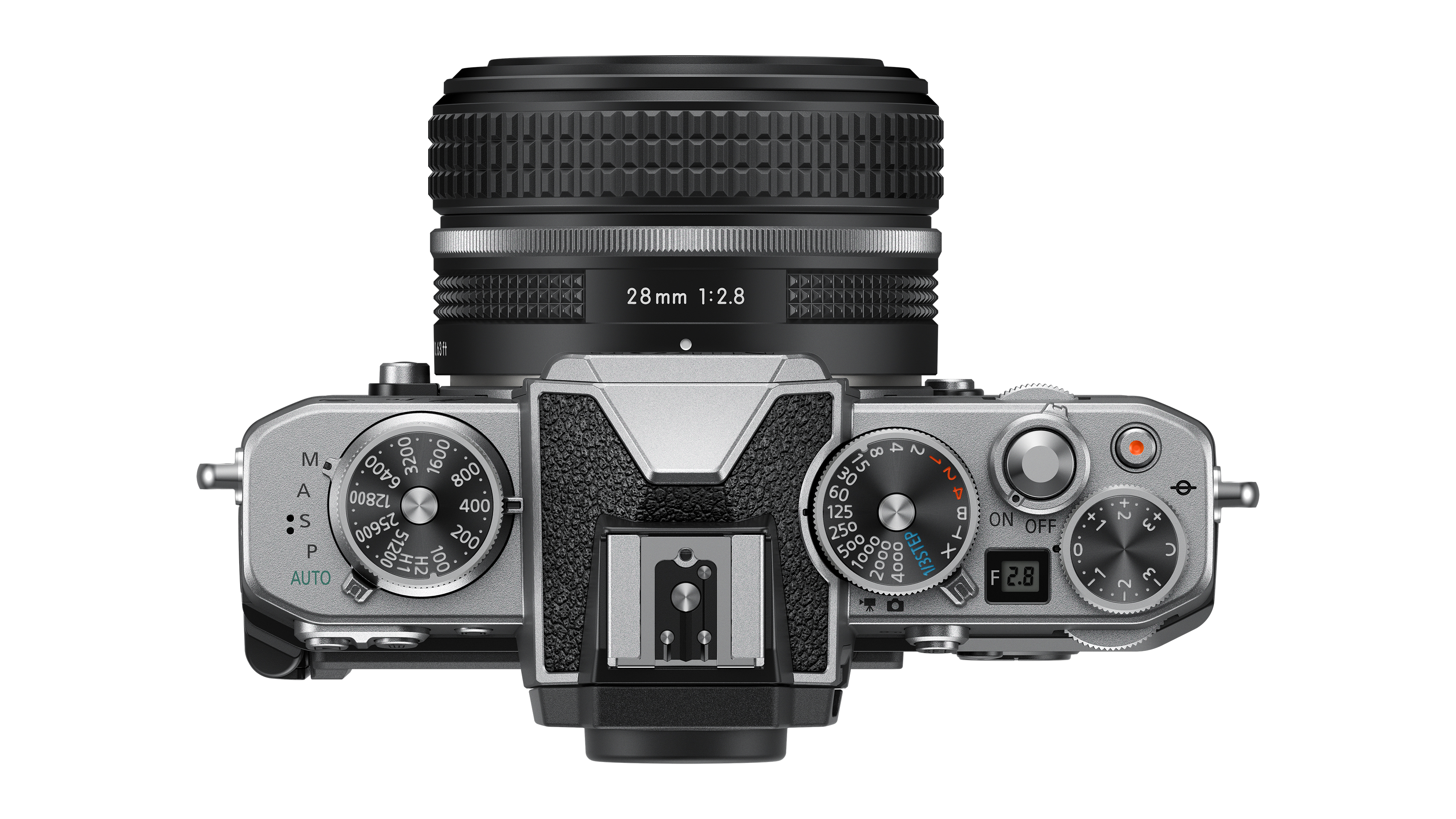
Nikon Z fc review: Design & Handling
The seductively retro SLR-like pentaprism design of the Nikon Z fc with its tactile knobs, levers and dials is high up on the list of features that will appeal to the photo enthusiast wanting to get hands-on with manual selections, as opposed to simply letting the camera do it all and pointing and shooting. The latter is certainly still an option here and a good way for the uninitiated to get up and running quickly out of the box, but a bit of time spent on further exploration will reap greater reward and satisfaction, for sure.
While newcomers may initially be phased by the three top plate manual dials controlling shutter speed, exposure compensation and ISO sensitivity, a twist of each affecting the end result, a flip-out vari-angle LCD screen is also, usefully, a touch screen, enabling images to be taken by merely tapping an intended subject on-screen.
Access to a variety of settings via a single press of the ‘i’ button on the backplate provides another handy shortcut for those of us who don’t want to go scrolling through screen after screen of menus. Plus, ape-ing a more professional camera, we also get a top plate display window detailing the selected aperture in use.
Just like on a typical DSLR, the on/off switch ergonomically encircles the shutter release button so that we’re quickly up and running.
Though it outwardly resembles a serious piece of kit, the Nikon Z fc is surprisingly lightweight and manageable when held in the hand, which the complementary compact and lightweight choice of kit lenses – either a wide-angle 28mm or the more expansive 16-50mm zoom – further exemplify.
Get all the latest news, reviews, deals and buying guides on gorgeous tech, home and active products from the T3 experts
Despite a plastic-y look and feel to the backplate and base plate, however, the camera in the main feels durably solid partly thanks to its magnesium alloy outer shell, with nothing in the way of obvious ‘give’ to its components.
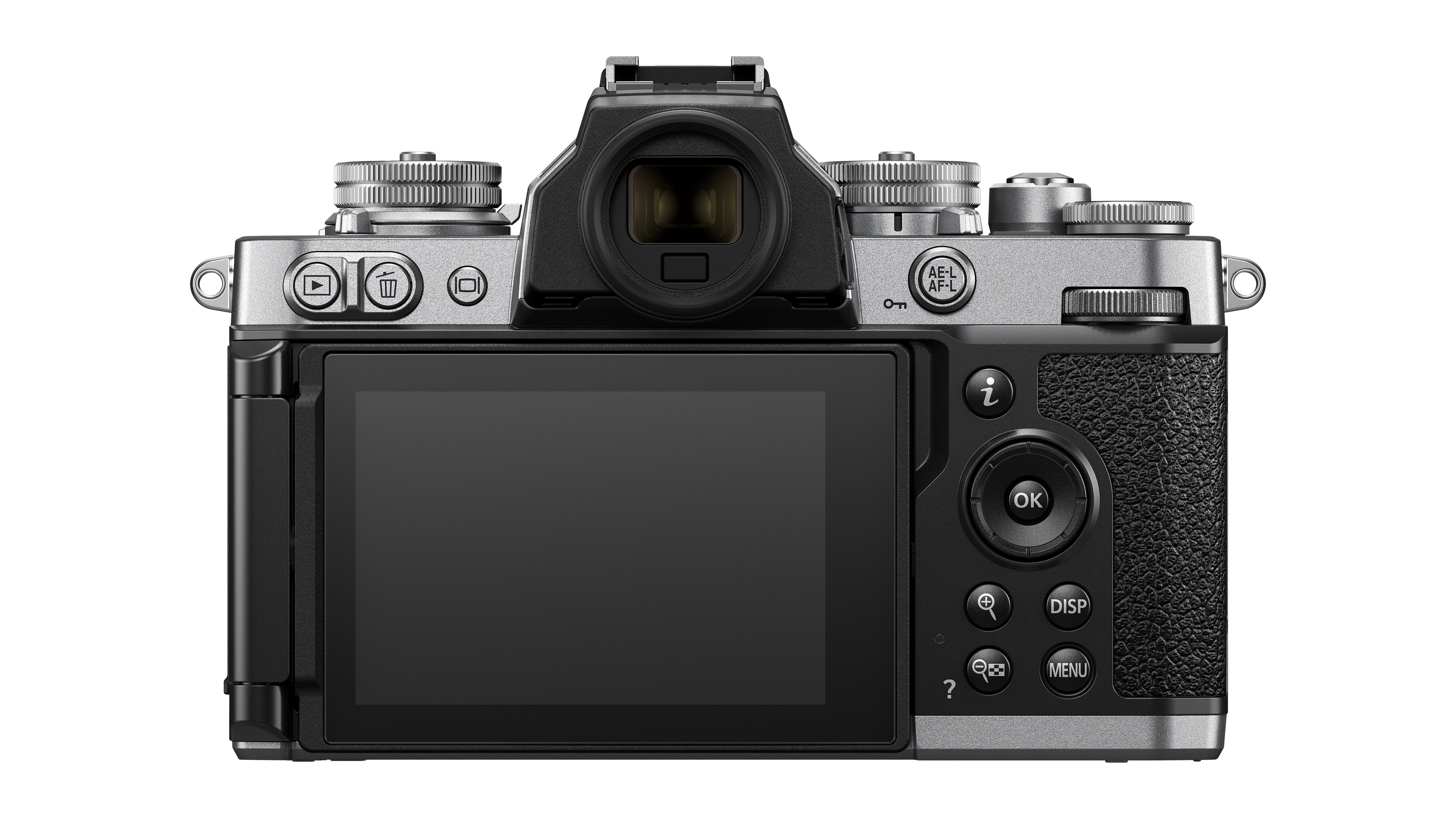
Nikon Z fc review: Features
As mentioned in our intro, the Nikon Z fc features a regular APS-C sized CMOS sensor, the same as that of the manufacturer’s earlier Z 50 camera, which means in terms of its manufacturer’s line up it sits below the more professional targeted Z 6 and Z7 and their latest ‘mark II’ iterations, while at the same time being more affordable for newcomers to the ‘Z’ series.
It’s not always a given, but thankfully we get a standalone mains charger and plug for replenishing the provided rechargeable battery provided in the box, though the camera can also be hooked up to a laptop or PC and recharged that way.
Like most mirrorless cameras and all DSLRs, for setting up our shots via the Nikon Z fc we get the choice of either using the eye-level electronic viewfinder, or the larger, more obvious rear plate LCD instead. This LCD can be flipped out and turned round to face whoever is in front of the lens for those inevitable self-portraits. The Nikon Z fc would make for a particularly fancy-pants vlogging tool, even if there are smaller alternatives from Olympus in its PEN series.
What it does miss for anyone photographic newcomers, however, is any built-in pop-up flash, though a vacant hotshoe is provided for the attachment of optional accessory flash. It also offers a single common SD card slot, as opposed to dual slots found on more expensive, pro-targeted cameras.
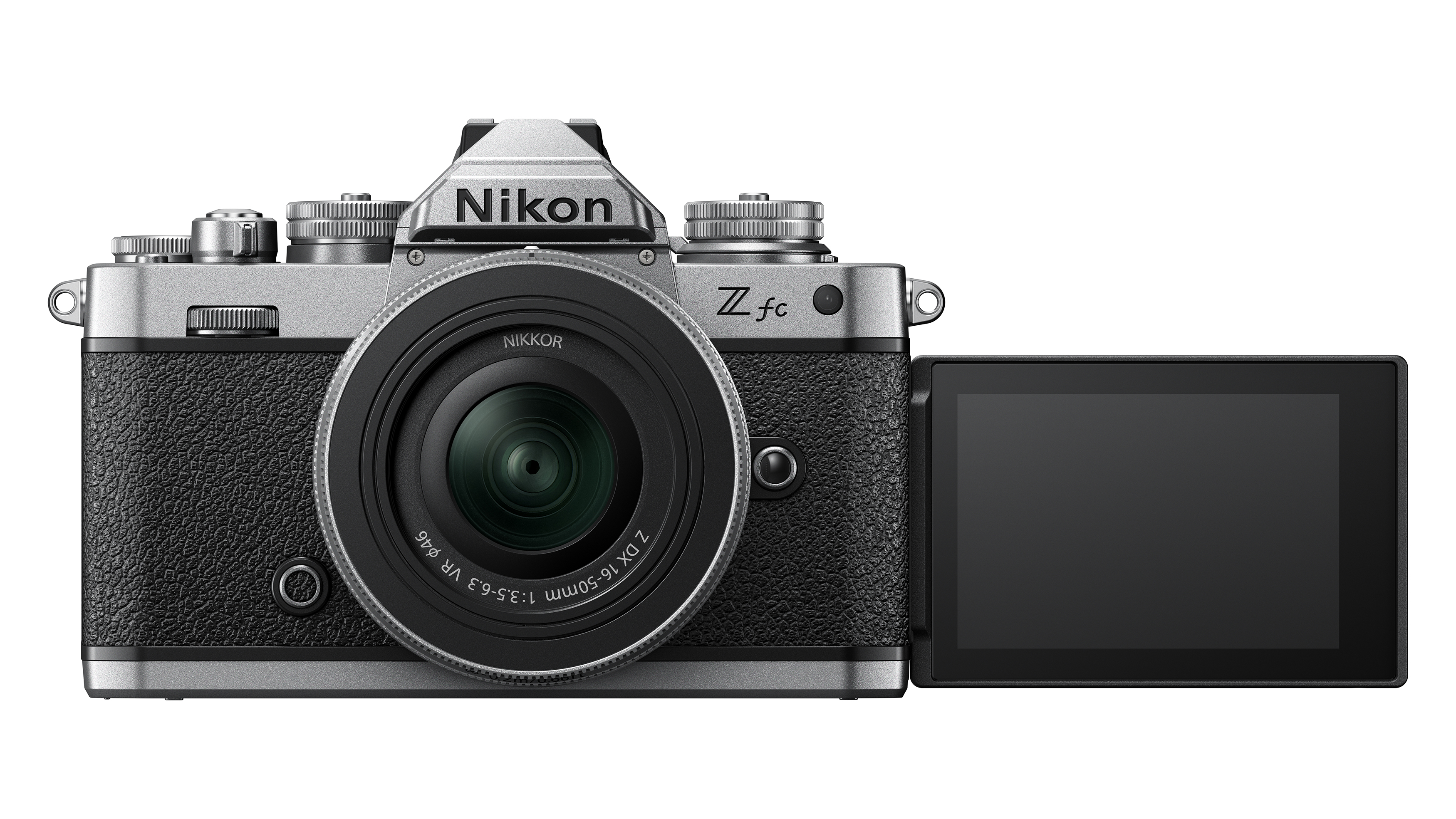
Nikon Z fc review: Performance
Bringing performance in line with the ‘Z’ series cameras higher up in Nikon’s range, the Z fc features the latest breakthroughs in autofocus technology; namely both eye detection AF for zeroing in on the pupils of human subjects, along with animal AF, for making sure Kitty and Fido are also sharply rendered.
While this one takes inspiration from Nikon’s Z 50 in terms of sensor, it’s fair to say that in comparison the Z fc is more for those who want a more considered, hands-on experience and mindful approach to picture taking. Don’t be surprised too, if you get asked ‘is that an old camera?’ when using the Z fc out in public.
Responsive LCD screen aside, the handling and design here indicate a camera that could have appeared at any point over the past 50 years. The rangefinder-like cluster of dials on the top plate will inspire and entice those seeking retro thrills, yet the appearance of a ‘complicated’ looking set-up may also put off newcomers.
Those stepping up from a smartphone needn’t worry though. Flick the on/off switch encircling the shutter release button, and, after being prompted by the back screen display to first extend the lens before we can loose off a shot, we then get an audio sample of a mechanical shutter to reassure that an image is being taken.
The Nikon Z fc’s performance is as swift and responsive as we’d expect from a mirrorless camera or DSLR – which is to say that if we see the image in our mind’s eye, the camera is sufficiently responsive for us to be able to capture it.
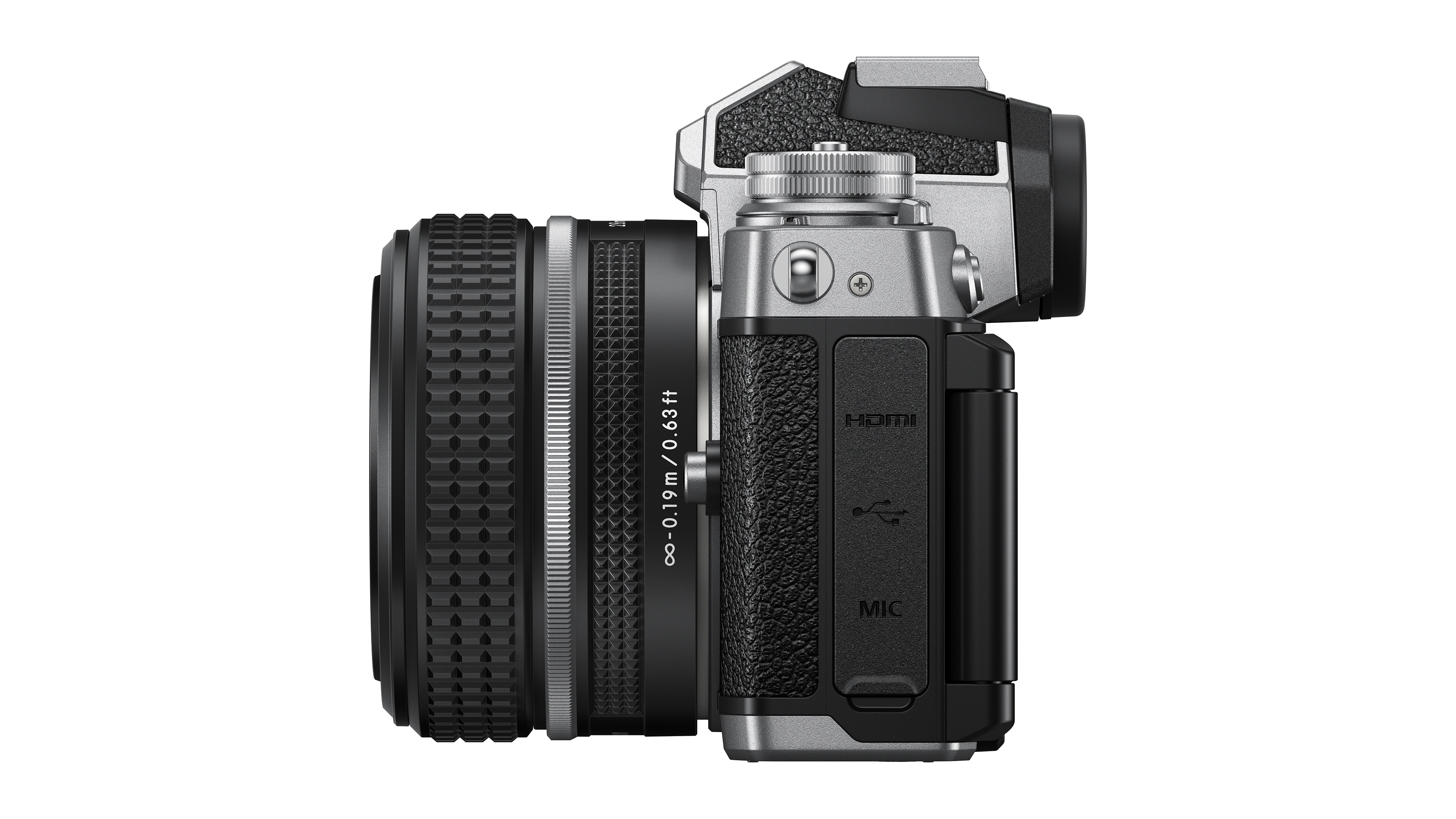
Nikon Z fc review: Image samples
So for a camera costing just shy of £1,000, body only, can the Nikon Z fc deliver a sizeable return on our investment? We found the colours delivered were rich without being unnatural, while we were able to achieve pleasingly defocused backgrounds and sharp subjects with the provided zoom.






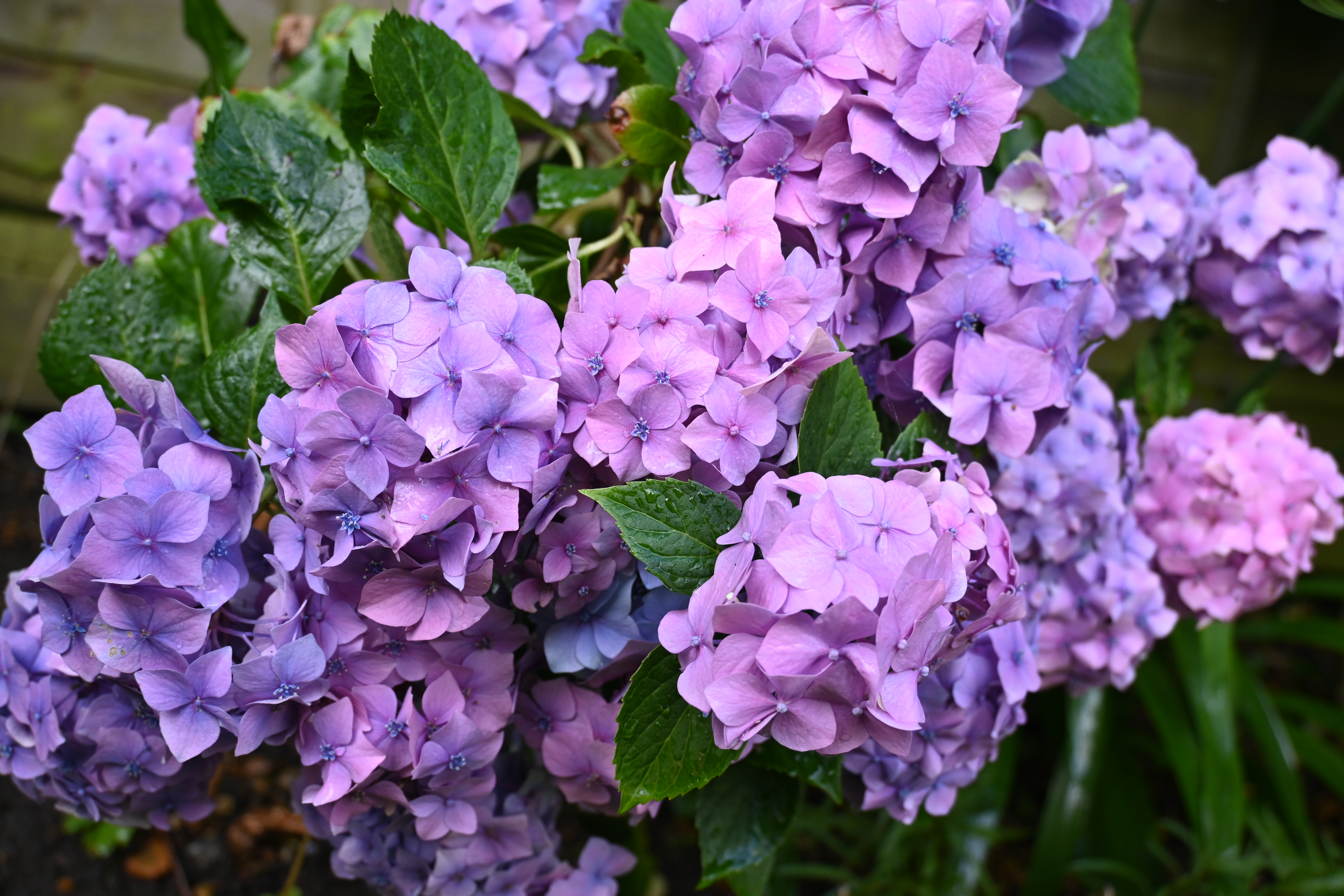


While an APS-C sensor will rarely match the performance of a full-frame alternative, what we get here in terms of detail isn’t disappointing in the slightest, and on a par with most competing mirrorless cameras and sub-£1,000 DSLRs. If we’re being critical, in common with most consumer-targeted cameras there is a tendency to overexpose if the camera mode is set to auto.
However, exposure can be easily and quickly be dialed down, if needed, via the top plate exposure compensation dial. With the raised dial to the far left of the camera’s top plate controlling light sensitivity settings, a core range stretching from ISO100-51200 allows us to shoot handheld without flash in the vast majority of settings, avoiding camera shake and so image blur with it.
Nikon Z fc review: Verdict
The Nikon Z fc offers the best of both worlds handling and design. Use the manual dials and switches if you’re a bit more familiar with how tweaking photographic settings impact the end result, or, if you’re not, leave everything on automatic and simply point and shoot. Thanks to the camera’s outwardly sophisticated looks, no one will realise you’re merely blagging it.

Gavin Stoker has been writing about photography and technology for the past 20 years. He currently edits the trade magazine British Photographic Industry News - BPI News for short - which is a member of TIPA, the international Technical Imaging Press Association.